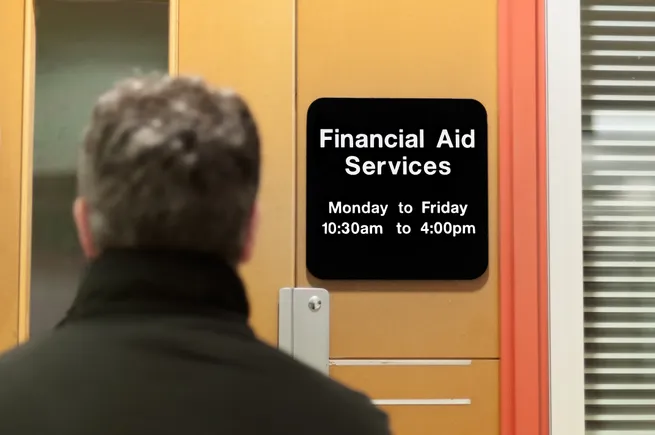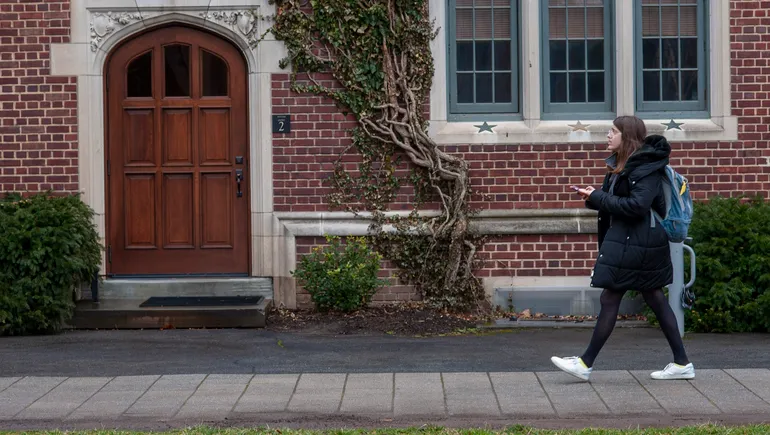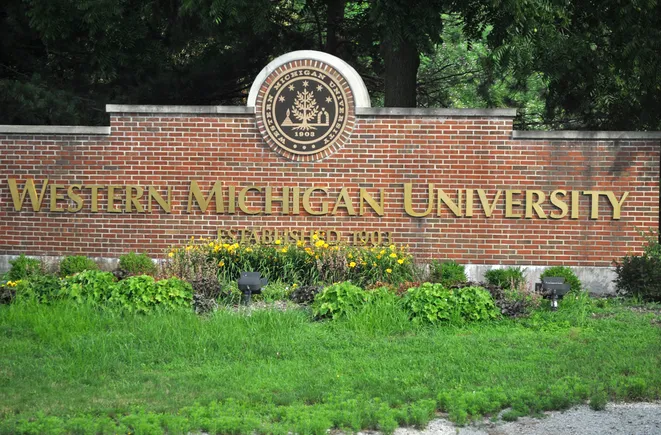Dive Brief:
- A supplemental wealth-based Pell Grant would eliminate the racial disparities in student loan borrowing, according to a white paper published this month.
- Researchers at the University of California, Merced and The Institute for College Access & Success found that awarding an additional grant worth up to the existing Pell maximum based on families’ wealth — rather than their income — would close the racial gap among students attending college debt-free and restore the overall number of debt-free students to those seen in the 1970s.
- Around 2.8 million students would receive a wealth-based Pell Grant if it were awarded to those from families with less than $500 in wealth, the report said.
Dive Insight:
The report’s proposal hinges on the difference between wealth and income. Wealth includes family assets, such as savings, investments and real estate — information the Free Application for Federal Student Aid already collects — and is more likely to be passed down from generation to generation, according to the report.
“Existing federal financial aid formulas, while they minimally incorporate assets information, do not adequately account for family wealth,” it said. “Students from low-wealth backgrounds are borrowing at heavier levels in their first year of college.”
Currently, about a quarter of students from low-wealth backgrounds who file the FAFSA do not receive a Pell Grant due to the income cap.
“Families with higher wealth can draw on their assets, often alongside high income, to afford college, while students from lower-wealth families — even with moderate family income — may struggle to cover the high costs of postsecondary attendance in the United States,” the report said.
For example, students with family wealth can focus on their academic pursuits without need for employment in college or the concern that a sudden misfortune could force them to drop out, it said
Researchers analyzed federal data on full-time dependent students attending college for the first time who filed the FAFSA.
Roughly 85% of the filers whose families had less than $500 in wealth could have attended their first year of college debt-free in 2017-18 if a wealth-based Pell Grant had been in place, the report said. It predicted that part-time students would likely see similar benefits.
A wealth-based Pell Grant would not alter the aid distributed under the standard Pell and would support all low-wealth students, regardless of race or ethnicity, the report said. But the wealth gap in the U.S. falls largely along racial lines, disproportionately hurting Black and Latine families.
Among those with $500 in wealth or less, 42% are Black, 33% are Latine and 20% are White, as of the 2017-18 National Postsecondary Student Aid Study. In contrast, 19% of families with more than $34,140 in wealth are White, compared to 11% of Black families and 13% of Latine ones.
Under a wealth-based Pell Grant with a $500 threshold, the share of Black students who attend their first year of college free of debt would nearly double, rising from 27% to 50%, the report said.
The researchers estimated that such a program would cost $17.4 billion to implement for the 2025-26 academic year. That’s compared to the estimated $27 billion annually needed to double the Pell Grant, another popular proposal to boost college access.
A wealth-based Pell Grant, they said, could be more than covered by a 1% wealth tax on billionaires that would be expected to generate $40 billion in yearly tax revenue.
“Even without new taxes on the wealthiest Americans, a Wealth-Based Pell Grant would likely increase federal tax revenue, offsetting its cost” since higher college completion rates would boost economic productivity and incomes overall, the report said.
#Pell #program #eliminate #racial #disparities #student #debt










